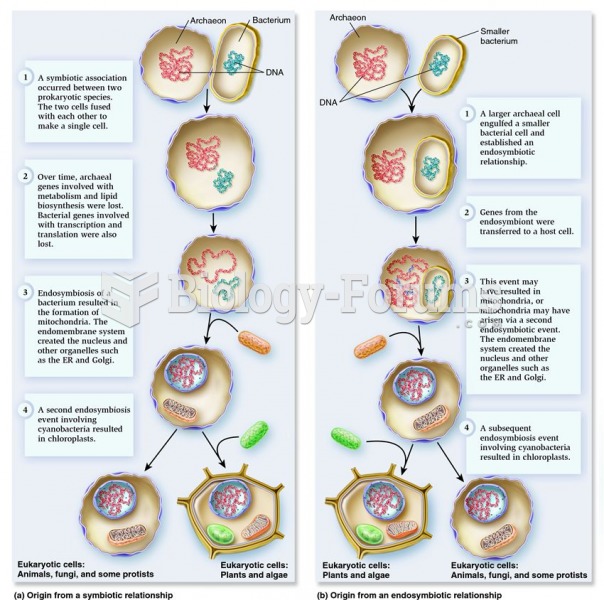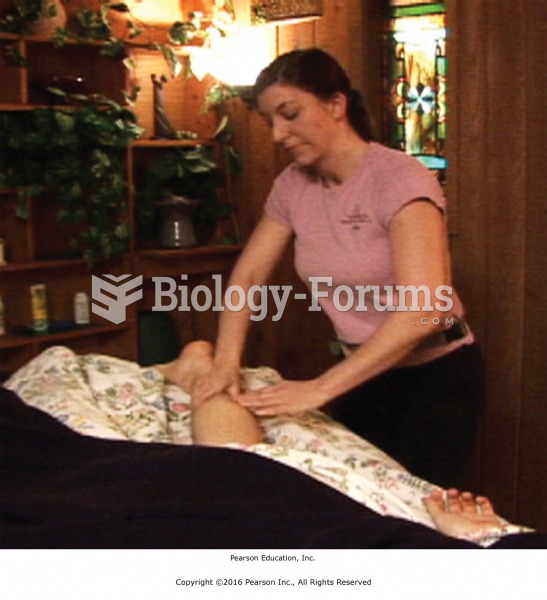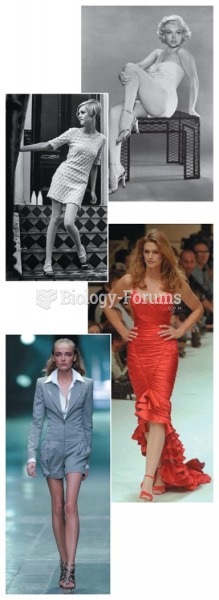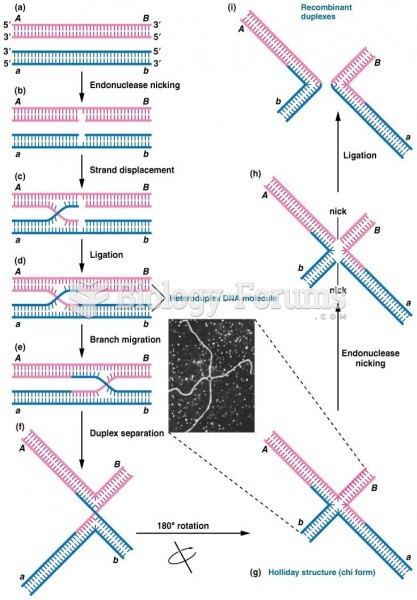|
|
|
The average human gut is home to perhaps 500 to 1,000 different species of bacteria.
Asthma cases in Americans are about 75% higher today than they were in 1980.
It is difficult to obtain enough calcium without consuming milk or other dairy foods.
Malaria mortality rates are falling. Increased malaria prevention and control measures have greatly improved these rates. Since 2000, malaria mortality rates have fallen globally by 60% among all age groups, and by 65% among children under age 5.
The Food and Drug Administration has approved Risperdal, an adult antipsychotic drug, for the symptomatic treatment of irritability in children and adolescents with autism. The approval is the first for the use of a drug to treat behaviors associated with autism in children. These behaviors are included under the general heading of irritability and include aggression, deliberate self-injury, and temper tantrums.







